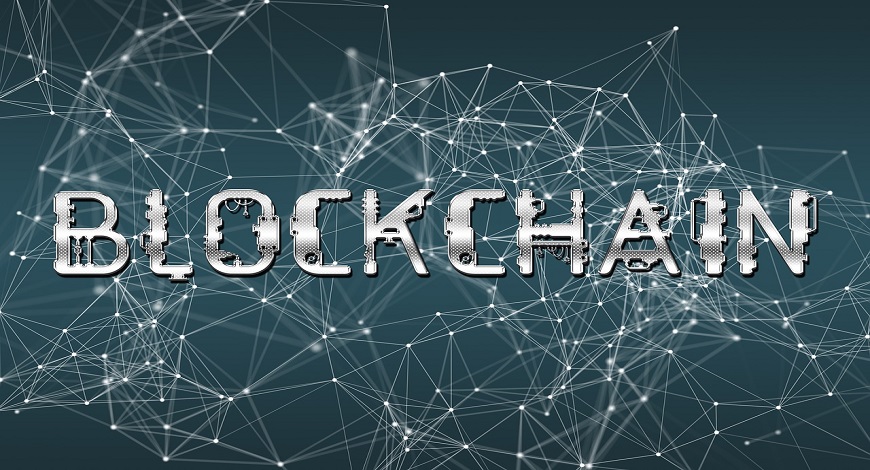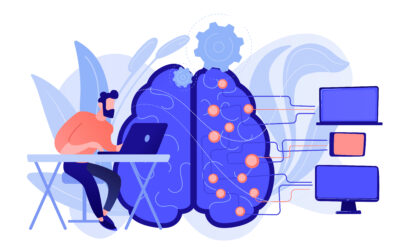This technology promises a practical solution to the challenges of storing, managing and protecting data.

Digital payments all over the world are expected to grow over three-folds to $97,092 trillion by 2025 according to a recent research report, majorly due to various government policies around financial inclusion and growing digitization. However, with the ongoing COVID-19 pandemic, this has even further accelerated the digital payments landscape.
When we delve deeper into digital payments, cashless systems, tokenized economies and banking, we can’t miss hearing about blockchain technology. This technology promises a practical solution to the challenges of storing, managing and protecting data.
In Deloitte’s 2020 Global Blockchain Survey, 55% of respondents mentioned that Blockchain will be one of their top 5 strategic business priorities for the next 24 months. While it has a lot of potential applications in diverse sectors, it is more prominent in financial payments – primarily known for its use with digital currency. However, the lack of awareness about its applications, and the lack of trust in any new technology – has led us to only scratch the surface of the technology so far.
Blockchain – The agent of change
A large portion of the population, as well as traditional businesses, have been embracing new digital payment modes. This has also paved the way for an ecosystem of technologically evolved and savvy users. Blockchain is no longer seen as a technology experiment but as an agent of change. When it comes to cross-border payments, blockchain helps streamline the entire process by cutting out all middlemen. This eliminates the burden of unnecessary time delays. However, one of the most important characteristics is its transparency.
For instance, the distributed ledger system can help overcome the struggle of keeping track of the selling and buying in the real estate industry, thus reducing fraudulent transactions. There is only one authentic unchangeable record available across the system for any property, clearly indicating the current status of ownership or transaction.
In the new and augmented era, the governments are exploring possible uses of blockchain – structures that publicly store transactional records or blocks in several networked databases. It can be deployed to manage land records, pharmaceutical drugs supply chains or even records of educational certificates.
Security and Transparency
With its promise of increased trust and transparency, blockchain is emerging as a feasible technology for protecting businesses and other entities from cyber-attacks. The way information is stored in blockchain makes it virtually impossible to add, remove or change data without being detected by other users. All members involved can record and view any transactional data that is encrypted onto their blockchain. Blockchain creates a virtually impassable wall between hackers and the information. It is highly effective in securing connected devices and systems.
Blockchain also allows for a digital currency to maintain a trusted transaction network – without relying on a central authority. Information is stored in a decentralized network, while no single entity controls the ledger. This helps to solve the prevailing issue of trust in transactions. Owing to the benefits of trust, security and ease of use, we are seeing a gradual surge in blockchain adoption and investments in blockchain technology. Along with its enterprise applications and facilitation for global monetary transactions.
Accelerating Blockchain adoption
Several industries are already being reshaped by blockchain. Despite having ground-breaking potential, we see that blockchain may not be fully on the path of large-scale adoption currently as the scaling of blockchain adoption is another challenge. A major stepping stone could be educating more people about what it is, whom it is for, and its use cases and applications across a diverse range of industries. With the combination of efforts from various entities, blockchain can transform lives and change the way we structure our societies.





0 Comments